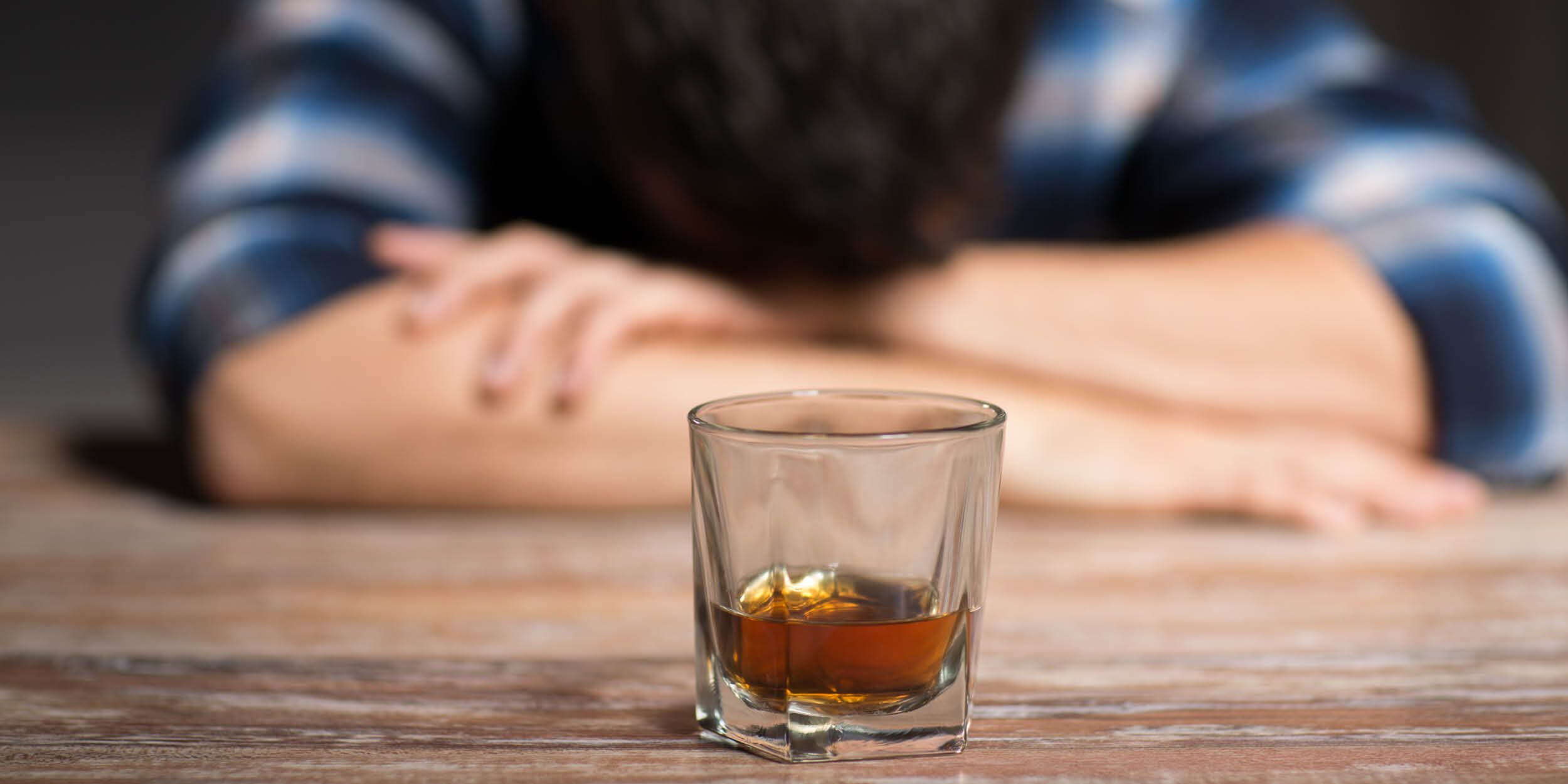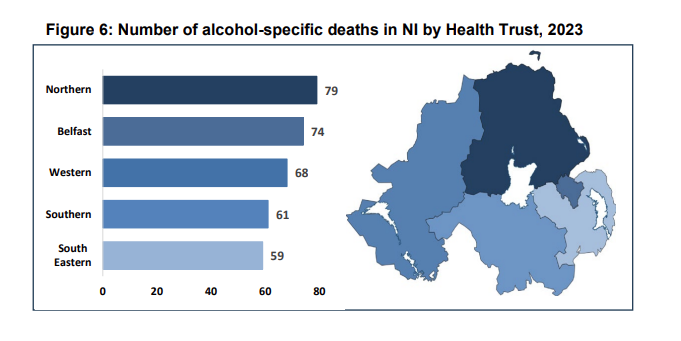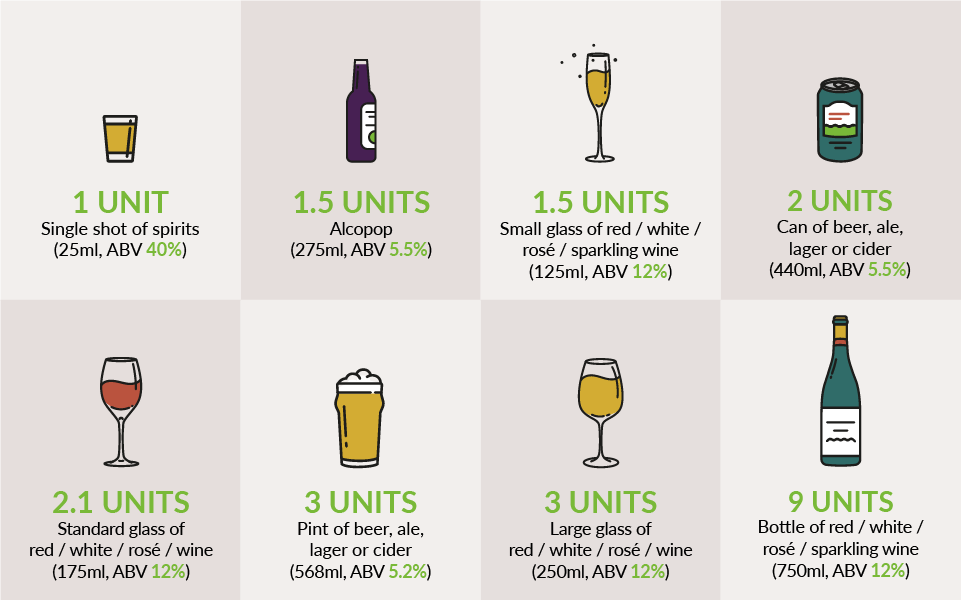
In the last few of years the number of patients presenting to the RVH Regional Liver Unit in Belfast with alcohol related liver disease has increased alarmingly. The RVH Liver Support Group is well aware of this increase as we support most of those patients and their families.
It must be said that there is no shame attached to this condition. It is often the case that certain events or situations in a person’s life lead to the need to turn to something that is felt will help ease the burden or sometimes numb the pain of an enduring crisis. We completely understand that. And that something is usually, but not always, alcohol.
And its not always the case that the patients we see class themselves as alcoholic; some are but certainly not all. More worryingly are the patients who see themselves as social or “recreational” drinkers. And many of those particular patients will tell us that, whilst they consume moderate amounts, they do not consider themselves as dependent. So this cohort consume moderate amounts but on a very regular basis and over an extended period of time without any rest for the liver; this has often just the same dire consequences on liver health.
Below we present the alarming statistics of the end result of consuming excess alcohol in Northern Ireland for the year 2023. This information and related figures have been produced by the government body NISRA.
NISRA (Northern Ireland Statistics and Research Agency) has recently produced figures for 2023 in relation to alcohol related deaths in the province and the figures are exclusively caused by alcohol and excludes conditions which may only be partially attributed to alcohol.
The latest figures show that there were 341 registered alcohol-specific deaths. Whilst that was 15 less than previous year Northern Ireland has seen these figures increase by 65.5% over the last ten years.
The research also indicates that, in 2023, over 65% of deaths were male. The data further shows that, between 2013 and 2023, the alcohol-specific mortality rate for males increased by 35.7% and for females by 95.3%. Deaths are more prevalent the 45-54 and 55-64 age groups.
The Northern Trust had the highest number of alcohol-specific deaths in 2023 (79), followed by the Belfast Trust (74). The South-Eastern Trust had the lowest number (59) of alcohol-specific deaths in 2023. • Belfast Local Government District (LGD) had the highest number of alcohol-specific deaths in 2023 (77), followed by Derry City & Strabane LGD (49). Fermanagh & Omagh LGD had the lowest number (10) of alcohol-specific deaths in 2023.
If you would like to read the full published report please go here NISRA alcoholic deaths 2023

More work must be done in order to bring down this very preventable cause of liver related deaths in N Ireland. Unfortunately the liver does not complain when it is injured. And it can be often too late when a person develops jaundice (a yellowing of the skin) or a build up of fluid in the abdomen. Each one of us can play a positive part in recognising the need of someone needing support. Do you, for example, know someone who is currently consuming excess alcohol, perhaps a friend or even a family member? If so, there is help available. Try to have a conversation to explain the real risks and know that support by way of literature and publications are available at the links below.
Alcohol by volume (ABV) is the term given to indicate the amount of pure alcohol that is normally in a range of drinks. Its both the main and dangerous component of any drink. It is, in itself, toxic; a poison which is cleared from the blood by the liver. Over time the liver will become very inflamed and eventually lead to liver cirrhosis and probable death.
Units are a simple way of expressing the quantity of pure alcohol in a drink.
One unit equals 10ml or 8g of pure alcohol, which is around the amount of alcohol the average adult can process in an hour.
This means that within an hour there should be, in theory, little or no alcohol left in the blood of an adult, although this will vary from person to person.
The number of units in a drink is based on the size of the drink (ml), as well as its alcohol strength (ABV) so a pint of beer is normally classed as having approx 3 units of pure alcohol but it could be slightly higher or lower than that.
For example, a pint of strong lager contains 3 units of alcohol, whereas the same volume of lower-strength lager has just over 2 units.
Knowing the number of units helps us to understand and put into perspective what should be safely consumed within any given period. These are the recommendations :-
- men and women are advised not to drink more than 14 units a week on a regular basis
- spread your drinking over 3 or more days if you regularly drink as much as 14 units a week
- if you want to cut down, try to have several drink-free days each week
14 units is equivalent to 6 pints of average-strength beer or 10 small glasses of lower-strength wine.

The RVH Liver Support Group are committed to playing an active role in doing this by ensuring the general public are made more aware of the consequences to the liver of consuming excess alcohol through social recreational drinking and highlighting sources of help and support
Here are several resources offering help and support. You can read these online or print them from your device. Over time, the RVH Liver Support Group will continue to add more publications and information here that it deems helpful in the support of reducing alcohol related liver deaths in N. Ireland.
https://www.facebook.com/NIDACTS
